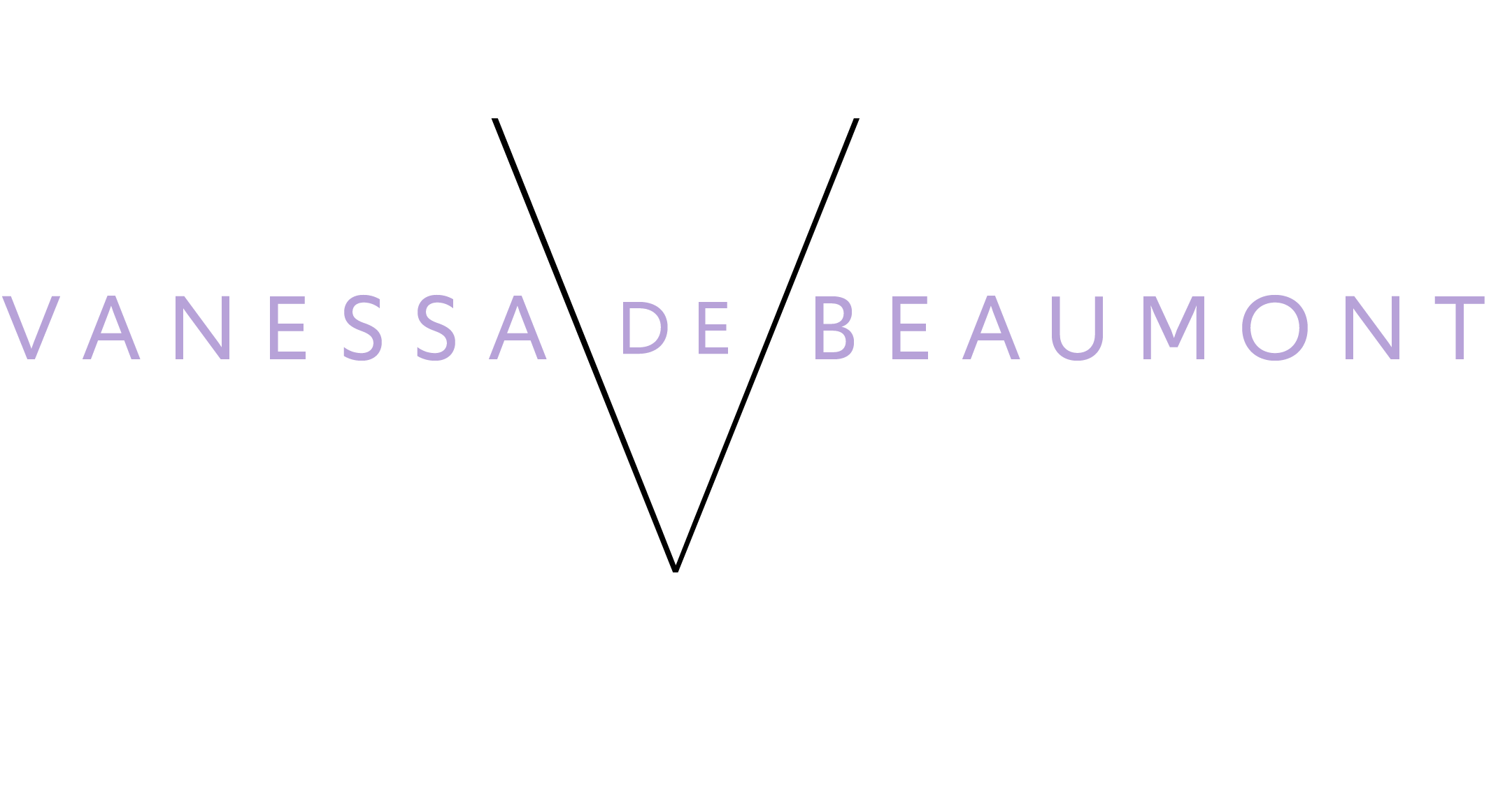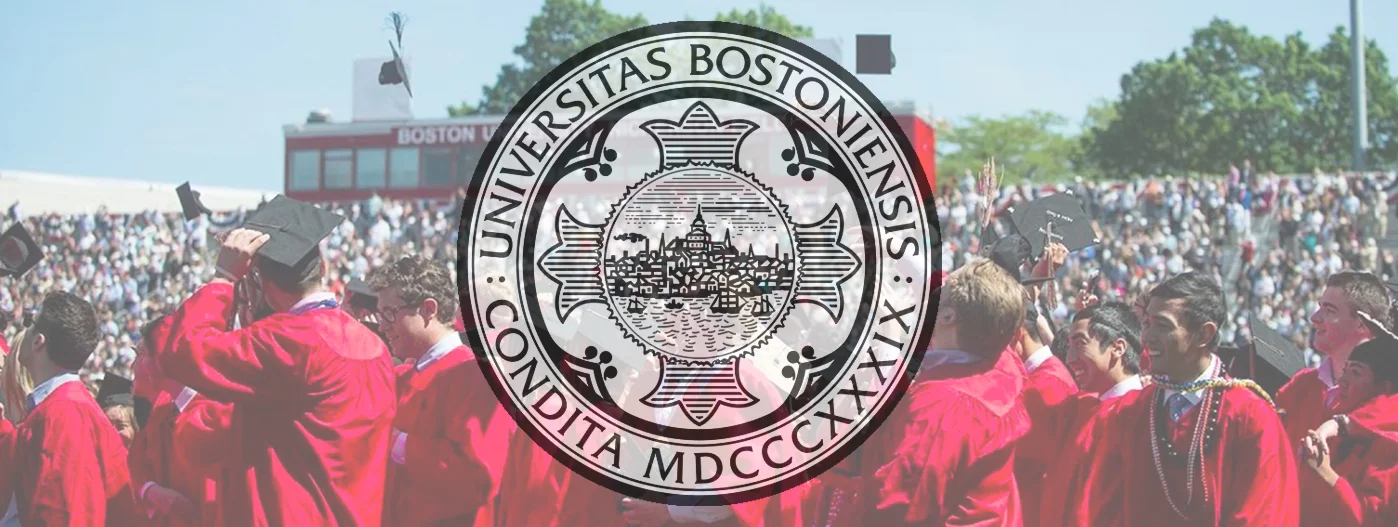Play-By-Play
When you love your job, it shows.
The kind of passion Jeff Mannix and Chris Sedenka have for play-by-play does not merely show, however. It radiates.
“It’s always been a part of me,” beamed Sedenka, relaying his obsession with sports radio and early vocal talent discovery.
Mannix conveyed a similar sentiment while reminiscing on his time spent at his grandmother’s house, doing much of what Professor Shorr described – playing sports and practicing the call.
Becoming the literal storyteller for the events one loves is undoubtedly a dream. Yes, the word is overused and has become trite, but there is simply no other way to describe it. As Sedenka put it, he’s being “paid to watch a basketball game.”
But despite the sought-after nature of this employment, I can’t help but be impressed.
Prior to their arrival, I mentioned such to classmate Alex Smith (who, ironically, knows a thing or two about play-by-play).
I, myself, have always relied on written word, and, corny as it may be, regard the pen as my sword. Faced with a situation in which the words would have to be spoken simultaneously to their composition, I feel they might fail me. Both men agreed that they have developed the ability to let the occasional stutter or blip pass without mention. The amount that would fall from mine, and the subsequent wrath I would unleash upon myself in response would be insurmountable. I can’t convey the respect I have for the profession enough.
Yet Mannix brushed off the awe bestowed upon hockey play-by-play, and he even conceded that radio, because of its singularly auditory nature, can cover up mistakes.
Which isn’t to say that either professional allows for them. In the interest of accuracy, they acknowledged that, given the appropriate time, they would correct their work.
It’s all part of “painting the visual picture” as Mannix described it.
Sedenka’s take fell along the lines of “telling a visual story for someone who can’t get to a TV.” He then went on to distinguish the role of commentating the two mediums by explaining that in TV, broadcasters “are helping to set the scene, but radio is telling the whole scene.”
It’s a point that stood out to me.
Obviously, any television play-by-play is, relative to radio, acting in a more supportive role. Whereas an airwave listener is entirely reliant on the narrative for understanding, TV provides context via visual representation as well.
With all due respect to Sedenka (who is undoubtedly in a position of greater knowledge and experience in this field than I), however, I believe that TV broadcasts do more than simply aid storytelling.
Of all the courses my peer, the aforementioned Smith, may have been thinking of when discussing the Boston University classes that failed to further his pursuits, COM 101 may be the most poignant example. In this case, however, it is proving to be helpful.
While taking the course, I distinctly remember discussing the dominance of the auditory senses while consuming visual media such as TV. Despite the “vision” component of “television,” hearing programming is still more critical than viewing it. Take, for example, muting a game versus leaving it on while attending to something else (and therefore having it out of sight). For the majority of the population, the greatest level of understanding of the game’s events will come from the latter – listening to it alone.
How many times have television calls created a whole different echelon of importance for a play? As evidenced by the mere fact that any sports fan can immediately call to mind a standout commentating moment – more than one can count. And how did we all come to know so much about the games and players we love (particularly when, like Mannix and Sedenka, many of us were not the most talented of athletes)? If not for play-by-play, my own understanding would be profoundly shallower.
Perhaps most poignant an example is my inability to watch games called by certain broadcasters. Were they really to be relegated to an assistance role, I probably would hardly notice.
In this sense, I compare play-by-play in a TV broadcast to a co-star as opposed to supporting actor whereas radio is, naturally, a one-man show.
And clearly, it’s a task that both guests, literal one-man shows, relish. Despite the discussion of time wasted on sports talk radio, the long hours of separation from friends and family, the less-than-glamorous tasks completed before landing their current work, and the inevitably low wages, there was never any qualification from either party that the gigs they held were anything short of their dream jobs.
As they stated multiple times, it was what they were meant to do, what they always wanted to do. Simply put, it was refreshing – a wonderful mix of journalistic professionalism (for a variety of reasons including the ones discussed by classmate Timmy Lagos) and unburdened enthusiasm.
On camera or off of it, over the airwaves or in the press conference, narrating or writing; there can’t be a better combination of attributes.
…
As for my favorite call, I think it’s one that many here in Beantown will recognize. There’s nothing quite like Kevin Harlan’s passionate “LeBron James, with no regard for human life!”

